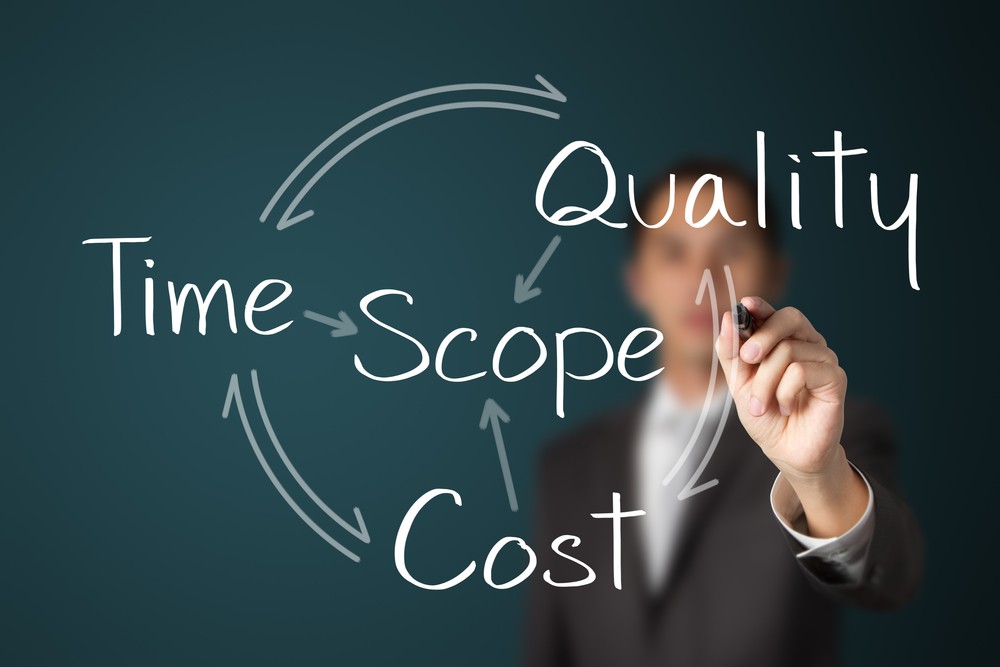Menu
No products in the cart.

Anyone with a hand or two. That’s who can do postOp (I kind of just assume you need hands to do PostOp but people are amazing and the things I’ve seen in this industry, I wouldn’t be surprised if someone was offering it with their feet… but we’re going to stick with the hands assumption here), we have free will to choose to do whatever with the realms of the laws of the land. But who is supposed to be doing PostOp? Who should be offering PostOp-Indur services and treatments?
Key Points of this article:

The laws of the land got blurry a few years ago. At Taime Out Sculpting Institute, we only teach post plastic surgery recovery techniques to Massage Therapists, Estheticians, Nurses, Phlebotomists, or Dermatologists. But because we are all having weird versions of the same conversation AND these convos aren’t including the government, there’s no universal decree of this– this is just we have established for our professional community. The regulations of who can provide what vary from state to state, and even in still there’s blurred lines on clarity of who can provide PostOp treatments.
Massage therapists are unable to break the dermal plane. Estheticians are well versed in skin but don’t have the same flow or awareness of all the body systems the way a massage therapist does. Nurses can aspirate and check vitals (as well as every other life saving premise) but aren’t allowed to perform massages without a massage license. The cycle of practice-gap-overlap continues throughout every other healthcare profession, with small glimmers of hope peeking through.
PostOp-Indur (POI) is a CSL Therapy approach of treatments and services to help clients heal optimally with high aesthetics results. Healthcare professionals create customized programs and treatment protocols that use devices, manual hand manipulations, and bioengineering to design the client’s trauma remodeling to match their tissue as close as possible to their desired body goals. This isn’t a streamlined process. It’s a twisting tale of highs and lows; physical expectations defined by client lifestyle stimuli decisions mixed with intentional bio-hacking treatments in response to real time presentations. It’s answering client questions and pinpointing when certain techniques or self care routines should be started, compressive routines increased, and frequency of treatments. It’s a professional eb and flow dance of healthcare providers responding to what their post-elective surgery client’s bodies are showing them — keeping in mind what the goal is, how their tissue should be showing up, and the client’s commitment to their overall healing journey.

The common sense answer would be someone trained to provide these services but therein lies the problem because, well, common sense escapes the common. There was an onset explosion of plastic surgery procedure surges from 2016 thru 2020. The supply and demand of people needing help after their procedures weren’t met by qualified providers who were informed & brought up to speed, let alone trained to properly assist clients. The educational resources and federal acknowledgement of the shift left gaps in our healthcare coverage, leaving the masses to figure it out on their own.
The plastic surgery surge introduced outsiders to the highly under-regulated elective medical space, flooding the industry with self taught Ambi Massage providers, pseudo tenured MLD massage therapists— while they were overly versed in Bodywork, the insight of Body Altering Aesthetics were missing, and Caribbean based providers who wrote the book on Body Altering Aesthetics but often lacked the medical inclusion and licensure the healthcare industry requires within public safety laws. If you were to ask who SHOULD be providing treatment, the answer wouldn’t be reflective of who currently IS offering treatment.

Everyone and their mama flocked to this industry opening a postOp practice [calling it body contouring], adding to the confusion. Imagine going to school for 4years to be able to check off all the boxes, crossing all of the T’s and dotting all of the I’s to be in proper healthcare compliance— only to have to compete with Jane Doe down the street who only went and got surgery + a phlebotomy certification from an online school + watched a few videos on YouTube. POI treatments are being provided by sex workers who have never taken an anatomy class, massage therapists that are only well versed in outdated structured lymphatic studies, cosmetologists that found silver linings and gray areas in their state’s healthcare laws that didn’t require them to learn everything they needed to know to properly take care of an elective trauma client.
This evolution created an avenue for a new organization to fill in the gaps of these occupational overlaps. CSL Therapy sets the standards of what educational depths should be the norm for post-elective client care, principles established with structure that meets and exceeds the wedged together fields of cosmetic nursing and lymphatic studies. But that leads us into an interesting question— if we now have solutions of courses and sanctioned methods to teach POI, what now?
Well, we rebuild. We stop fighting with each other and start building with one another— allowing our strengths to guide us and our weaknesses to humble us into a unifying foundation of educational resources and best professional practices to better service the public. Reflections of the Body Altering Aesthetic industry have been shaped by rigid definitions and triumphant courage past fear. Progression is needed but will be stifled and almost suppressed if current healthcare industries continue to blur the lines of their scopes of practice. Massage therapy has always been a two page definition of what is and is not considered massage. Same with cosmetology and esthetics. Imagine if a square continued to overly define itself? We would never have had the triangle, the circle, or the rectangle. Our differences allow us to coexist, thrive, and excel as a unifying industry. “What Now” can only be addressed and executed when we separate fact from fiction around healthcare progress: in creating something new, it shouldn’t disrupt what we have already created and well-defined.
For the safety of post elective clients to become a universal reality, we need universal approaches, core unwavering definitions void of scope creep, and providers willing to commit to doing the work in the face of adversarial shortcuts. Along with the surgery surge, healthcare professional industries first rejected everything associated with the progressive elective space (which is how we got here), to the changing their defining values to include the surge– I would love to say it was from a helpful standpoint but it wasn’t. The power shifted, along with profits and there’s been a visible scope creep of multiple healthcare industries from Massage Therapy, Cosmetology, Esthetics, and Nursing. Classes using appropriate words are starting to pop up, but the depth of the courses still align with outdated teachings that will certify under-informed/undereducated providers to the unknowing public. To many’s surprise, scope of practice focuses more on skills than legal credentials.
Books can be written, lectures taught, programs launched and new heights reached by building on the foundational tiers of our healthcare professional predecessors; but only if those foundations stand firm and strong on their core values. And not with wavering definitions to match the politics of the moment. You can dress an apple up all day as an orange but at its core, it’s still an apple. For public safety to improve, as an industry we have to put the needs of the client before greed, and acknowledge the effects of decisions today on the promises of tomorrow. Can we truly afford to allow this industry to continue to implode upon itself? At some point, enough someone’s have to take a stand in the midst of the occupational contrast:
The future is far and wide, full of possibilities. But only if we mindfully plan for those outcomes. Clients should have a safe space to research their procedures and make informed decisions for their post operative journeys; and providers interested in learning how to help these clients should have a dedicated space [and well defined industry] based on concepts and research to grow. With case study journals, workbooks, licenses, and government support of this medically elective space.
Instagram: @thetosimethod
For quality Postop-indur courses that teach the comprehensive details of what’s going on with your clients during each stage of their postoperative journey past standard Advanced MLD courses, The TOSI Method is the solution you’ve been searching for. Check out our FAQ section, visit our “How To Get Started Map“, and sign up for a FREE Blueprint Call to discover the 3 TOSI Phases + enhance your Cosmetic Self Love educational journey.